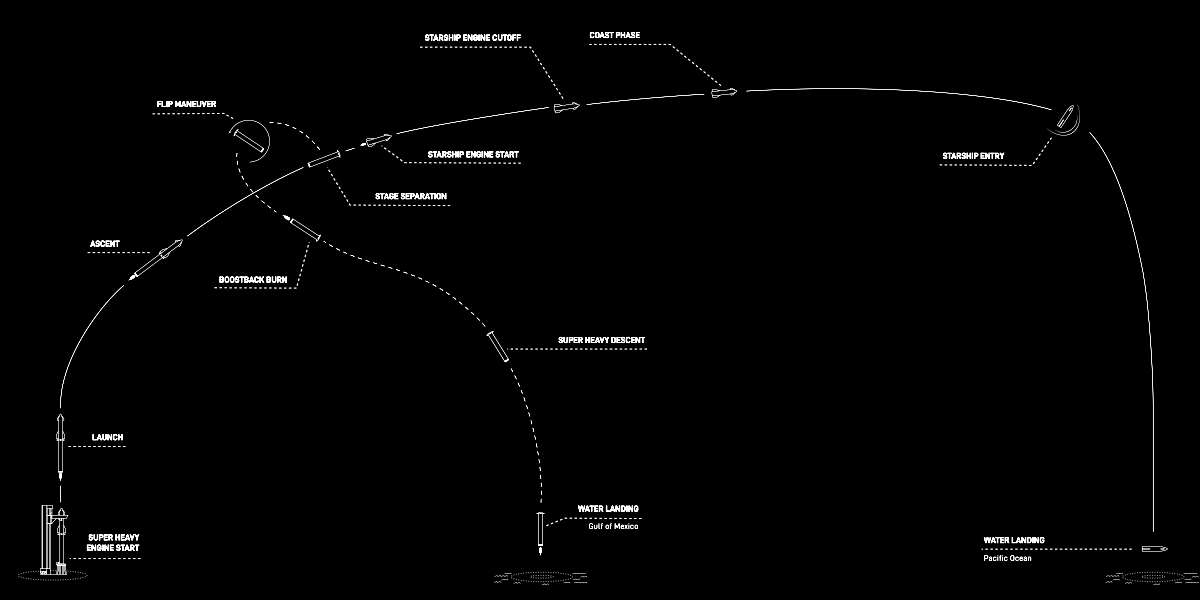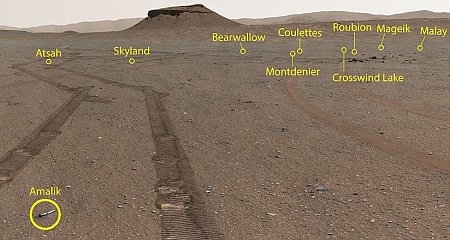Rocket engine startup Ursa Major enters solid-rocket motor business
Recognizing a desperate need of the military to ramp up production of solid rocket motors after much of its missile stockpile has been depleted by President Biden’s large gifts to the Ukraine, the rocket engine startup Ursa Major has now announced it is entering solid-rocket motor business.
Describing the solid rocket motor [SRM] market as “plagued by a broken supply chain and an overextended industrial base,” the Colorado startup today announced its plans to use its 3D printing techniques developed for liquid rocket engines to speed production of solid-fuel propulsion systems. Ursa Major has received several contracts from the Air Force Research Laboratory for its work on a new rocket engine for heavy space launch vehicles, as well as a hypersonic engine.
“Traditional SRM providers rely on production lines that are difficult to re-tool, expensive to ramp up, and dependent on a significant workforce to operate,” the company said in a press release touting its “new approach” to manufacturing, dubbed Lynx. “Ursa Major is offering a new way to scale production of SRMs,” Ursa Major CEO Joe Laurienti said in the press release. “Lynx meets the defense industry’s need for a faster, cheaper, scalable, and flexible SRM production process that results in better-performing solid rocket motors.”
The article also notes that at present the military is dependent on only two companies for new solid rockets, Northrop Grumman and Aerojet Rocketdyne (now L3Harris). The article also notes that it could take anywhere from five to eighteen years for these companies to replenish the depleted stocks.
The bottleneck however has brought several new players into the field, with the military eager to issue contracts to these new players. This decision by Ursa Major is thus a very good one.
Recognizing a desperate need of the military to ramp up production of solid rocket motors after much of its missile stockpile has been depleted by President Biden’s large gifts to the Ukraine, the rocket engine startup Ursa Major has now announced it is entering solid-rocket motor business.
Describing the solid rocket motor [SRM] market as “plagued by a broken supply chain and an overextended industrial base,” the Colorado startup today announced its plans to use its 3D printing techniques developed for liquid rocket engines to speed production of solid-fuel propulsion systems. Ursa Major has received several contracts from the Air Force Research Laboratory for its work on a new rocket engine for heavy space launch vehicles, as well as a hypersonic engine.
“Traditional SRM providers rely on production lines that are difficult to re-tool, expensive to ramp up, and dependent on a significant workforce to operate,” the company said in a press release touting its “new approach” to manufacturing, dubbed Lynx. “Ursa Major is offering a new way to scale production of SRMs,” Ursa Major CEO Joe Laurienti said in the press release. “Lynx meets the defense industry’s need for a faster, cheaper, scalable, and flexible SRM production process that results in better-performing solid rocket motors.”
The article also notes that at present the military is dependent on only two companies for new solid rockets, Northrop Grumman and Aerojet Rocketdyne (now L3Harris). The article also notes that it could take anywhere from five to eighteen years for these companies to replenish the depleted stocks.
The bottleneck however has brought several new players into the field, with the military eager to issue contracts to these new players. This decision by Ursa Major is thus a very good one.







